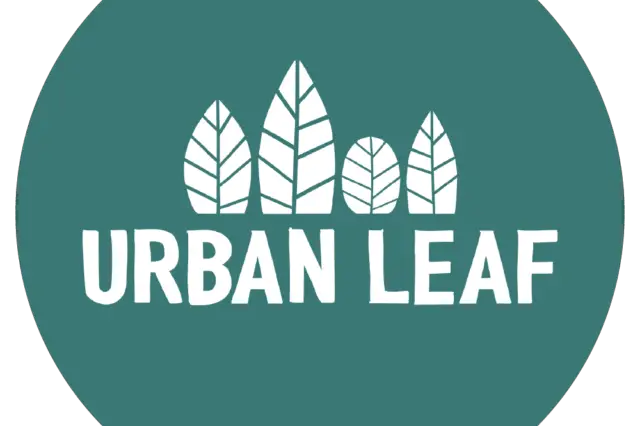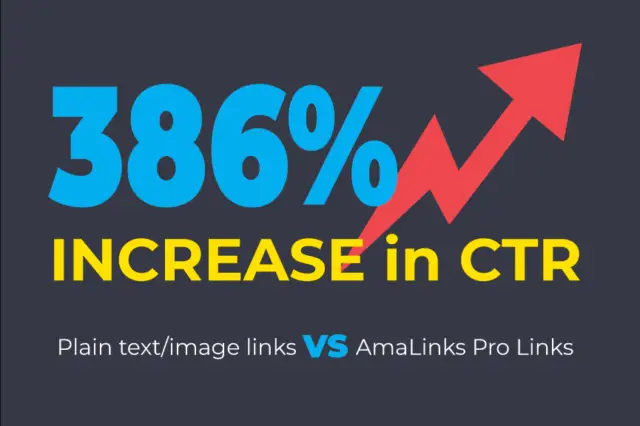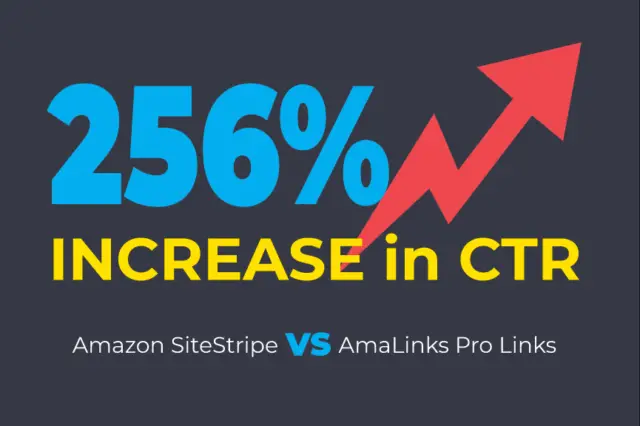
Learn about the Urban Leaf affiliate program.
“Urban Leaf” is not a term with a universally accepted singular definition, rather it evolves from the broader context of urban and environmental movements. Broadly speaking, Urban Leaf refers to initiatives, strategies, or movements aimed at integrating green spaces, sustainable practices, and eco-conscious designs into urban environments. This can encompass everything from rooftop gardens to community parks, or even policies that support sustainable urban development.
Historical Background:
The inception of the Urban Leaf concept can be traced back to the rapid urbanization witnessed during the Industrial Revolution. Cities burgeoned with factories, housing, and infrastructure, but they also became heavily polluted, overcrowded, and lacking in green spaces. As a consequence, the quality of life for many urban dwellers deteriorated.
Fast forward to the 20th century, and the importance of integrating nature into urban areas became more pronounced. Post-war urban planning saw a surge in the creation of parks, green belts, and open spaces in cities across the world. This wasn’t just for aesthetics or recreation; it was also a recognition of the numerous benefits that green spaces offer to urban environments and their residents.Why Urban Leaf?
The name “Urban Leaf” implies a synergy between the bustling, concrete-heavy existence of urban life and the gentle, nurturing touch of nature. Leaves are symbols of life, growth, and the natural environment. When juxtaposed against an urban backdrop, the term evokes images of greenery breaking through concrete, of nature reclaiming its space, and of cities breathing easier.
Benefits and Importance of Urban Leaf Initiatives:
- Environmental Benefits: One of the immediate advantages of integrating green spaces into urban areas is environmental. Plants act as natural air purifiers, absorbing carbon dioxide and releasing oxygen. They also play a significant role in reducing urban heat islands by providing shade and releasing water vapor.
- Health Benefits: Beyond environmental reasons, there’s a strong argument to be made about the health benefits of green spaces. Nature has been proven to have therapeutic effects. Access to green spaces has been associated with reduced stress levels, better mental health, and increased physical activity.
- Biodiversity: Urban Leaf initiatives can increase biodiversity within cities. By creating green spaces, cities provide habitats for a variety of flora and fauna, which can be especially vital in areas where urban sprawl has led to habitat destruction.
- Economic Benefits: Green spaces can also increase the economic value of an area. Properties near parks or green belts often have higher values. Additionally, green spaces can attract tourists and residents alike, leading to increased business for local shops and restaurants.
- Community and Social Cohesion: Parks, gardens, and other green spaces often act as communal areas where residents can gather, interact, and form bonds. They can foster a sense of community and belonging, which is crucial in densely populated urban areas.
Challenges and Criticisms:
While the Urban Leaf movement has seen widespread support, it isn’t without its challenges and criticisms. Land in urban areas is often at a premium, leading to debates about its best use. Some argue that housing or commercial developments should be prioritized over green spaces, especially in areas with housing shortages.
There’s also the challenge of maintenance. Green spaces require upkeep, which demands resources. Some cities, struggling with budgets, find it hard to allocate funds for the maintenance of these spaces.
Future of Urban Leaf:
The future of the Urban Leaf concept is promising. As urbanization continues to grow, the need for sustainable, green solutions becomes even more pressing. Many modern cities are now recognizing the value of green spaces and are implementing policies to support their integration.
Technological advancements are also playing a part. Innovations in urban farming, vertical gardens, and sustainable architecture are allowing for more efficient and varied ways to integrate nature into urban environments.
Urban Leaf, as a term and a movement, represents the intersection of urban life and the natural world. It’s a testament to our innate need to connect with nature, even as we build towering skyscrapers and sprawling cities. The benefits of such an integration are manifold, from environmental to economic to health. As we look to the future, the principles underlying Urban Leaf will undoubtedly play a crucial role in shaping sustainable, livable, and vibrant urban communities.
Did you know that Urban Leaf has an affiliate program?
Here is some basic information about what Urban Leaf is all about. Check it out, and if you are interested there is a link below to access the Urban Leaf affiliate program.

Miles Anthony Smith
Miles is a loving father of 3 adults, devoted husband of 24+ years, chief affiliate marketer at AmaLinks Pro®, author, entrepreneur, SEO consultant, keynote speaker, investor, & owner of businesses that generate affiliate + ad income (Loop King Laces, Why Stuff Sucks, & Kompelling Kars). He’s spent the past 3 decades growing revenues for other’s businesses as well as his own. Miles has an MBA from Oklahoma State and has been featured in Entrepreneur, the Brookings Institution, Wikipedia, GoDaddy, Search Engine Watch, Advertising Week, & Neil Patel.



